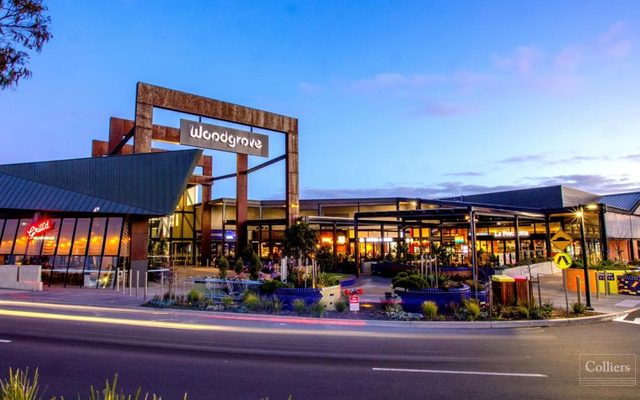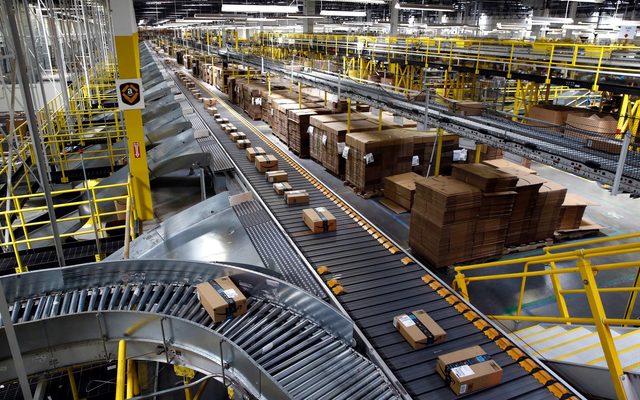This article is from the Australian Property Journal archive
SYDNEY’S industrial vacancy rate has come down to just 0.2% – the lowest in the world – and occupiers are baulking at the resulting higher asking rentals, while Melbourne’s own issues with supply will preserve the last two years of gains in effective rents, despite more challenging economic conditions.
After being the most active industrial city in the country in recent years, take-up for industrial warehouses slowed substantially in the first half of 2023 across Melbourne, according to Colliers research, to down 45% from the same point in 2022. However, despite softening demand, vacancy for future supply across all markets in Victoria will hover between 2% and 0% by 2026, which will preserve the last two years of gains in effective rents despite more challenging economic conditions, Colliers said.
Speculative supply in Melbourne will jump by 42% in 2023 compared to 2022, although demand will continue to outweigh supply by a substantial margin, further driving down vacancy and placing upward pressure on effective rents.
“Industrial occupiers have recently shown a greater desire to accommodate newer, modern premises to meet operational efficiencies and expansions. Partly driven by the minimal vacancy for existing A-grade stock and with B and C-grade supply no longer appropriate for most corporate industrial occupiers due to design inefficiencies and OH&S issues,” said Gordon Code, Colliers’ joint head of the Victorian industrial business.
“The shift in industrial preferences has led to short-term shortages of speculative supply to cater for latent demand and can be captured by developers in all Melbourne’s industrial precincts into late 2024 before more supply is forecasted to come available in 2025.”
“The issue is that demand isn’t being met, as there’s not enough new supply, making speculative stock extremely competitive and being snapped up about 18 months prior to competition across all Melbourne’s industrial markets,” said Mr Code.
Colliers expects supply to fall well short of demand, pushing the record low vacancy even further, with Melbourne’s industrial vacancy rate at present measuring 0.8%, down from 1.0% at the same point in 2022 and 2.3% in mid-2021.
That has led to speculative rents increasing by 11.8% over the past 12 months, a trend more pronounced in Melbourne’s north and west submarkets, both of which saw face rental growth in excess of 20%.
Colliers data shows that 761,000 sqm of speculative supply will be delivered in Melbourne in 2023, of which 374,000 sqm has already been committed.
For 2024, the speculative pipeline currently sits at around 500,000 sqm of supply, with healthy commitment levels have already been recorded.
Sydney
Vacancy levels continue to be at an all-time low in Sydney due to the lack of available space, with no more than two vacant buildings in the central metro and outer north west regions, according to CBRE’s H1 2023 Australia’s Industrial and Logistics Vacancy Report, with most of the space under offer.
CBRE’s Western Sydney managing director Michael O’Neill said new vacancy for the remainder of 2023 is limited, so market fundamentals are in favour of continued rental growth until 2024.
“However, occupiers are becoming increasingly reluctant to take additional space at new asking rents, which has been compounded by increased outgoings due to land tax and economic uncertainty.
“There is a significant amount of new existing stock coming online in Q1 – Q2 2024, particularly in the central and outer west. Owners are now more willing to offer terms to occupiers for 2024 opportunities given occupiers are less inclined to compete at new asking rentals.”
CBRE data also showed the Brisbane market has remained relatively stable, with vacancy averaging 0.6%. The south precinct now has the lowest vacancy rate in the state at 0.3%.
Perth is also at 0.6%, remaining extremely despite a small increase, with most of the take-up in the east and south precincts.
Adelaide’s overall vacancy rate also averages sub 1%. The north precinct saw its vacancy slashed from 1.5% at the start of the year to zero.




